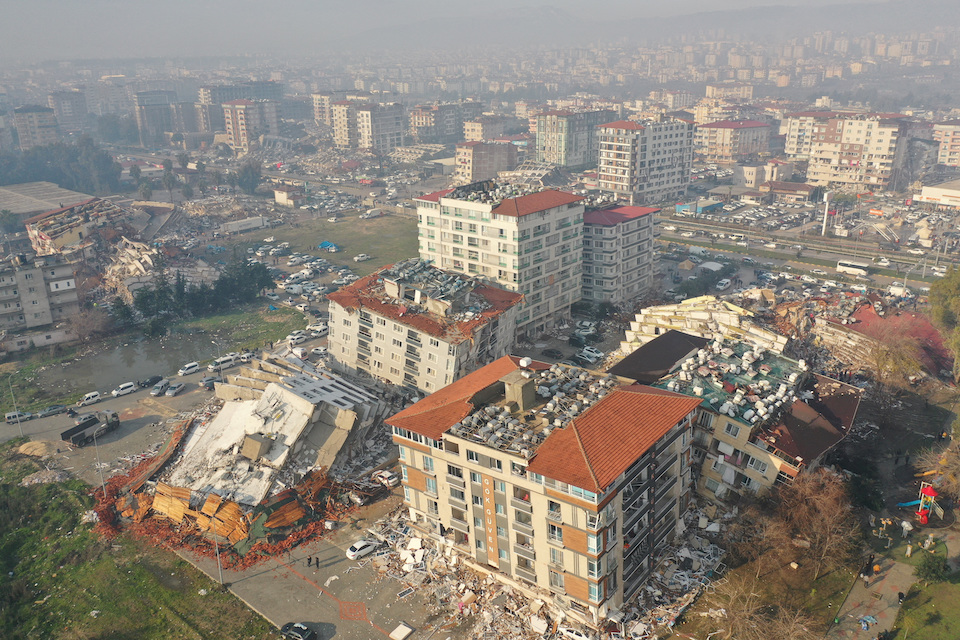
Devastating earthquakes in the last 24 hours Turkey And Syria is concentrated in one of the most seismic and politically turbulent regions of the world, writes Clive Cookson in the Financial Times.
Tension that had built up over decades as the Earth’s slow-moving tectonic plates pressed against each other was released in seconds, causing violent tremors.
Such seismic stresses are building up in the Turkish region because the Arabian Plate is pushing the Anatolian Plate westward at a rate of about 2 cm per year, David Rothery, professor of geosciences at the UK Open University, told the FT.
This is not the first time Turkey has experienced an earthquake, which is said to be the world’s deadliest in the 12 months it took place. Something similar happened in 2020, 1999, 1983 and 1975, according to Joanna Faure Walker, head of the Institute for Risk and Disaster Reduction at University College London.

The first quake of magnitude 7.8 hit early Monday morning on the southwestern tip of the East Anatolia fault, near its junction with the Dead Sea fault system. The earthquake was even more devastating because it had a relatively shallow focus depth of 18 kilometers.
The second major earthquake measuring 7.5 on the Richter scale occurred nine hours later, about 100 km northeast of the first, at a depth of only 10 km. Dozens of other smaller aftershocks followed.
“Almost certainly the two earthquakes are related,” said Mark Allen, chair of the Department of Earth Sciences at the University of Durham in the United Kingdom.
The Eastern Anatolia fault zone, where Monday’s strong quakes hit, has been relatively quiet for the past century, but the same zone has seen several devastating quakes in the more distant past.
An earthquake in the same area back in 1822 “totally destroyed many cities with great losses,” said Roger Musson, a researcher at the British Geological Survey. “It is said that about 7,000 people were killed in Aleppo alone. The earthquake of 1822 also had many aftershocks that continued until June of the following year.
The North Anatolian Fault, which runs along the Turkish Black Sea coast, has been far more active than the East Anatolian Fault in recent times, causing several disasters, including a magnitude 7.6 earthquake in 1999. However, these two faults are far apart.
After the devastating earthquakes on Monday, the first priority is to rescue the stranded, treat the wounded, care for the homeless and displaced. Many countries were quick to offer assistance.
However, University College London professor Ilan Kelman was not optimistic about the prospects for peace in the wider region. According to his research, “disaster diplomacy» (disaster diplomacy) it’s not enough to bring peace.
Source: FT
Source: Kathimerini
Anna White is a journalist at 247 News Reel, where she writes on world news and current events. She is known for her insightful analysis and compelling storytelling. Anna’s articles have been widely read and shared, earning her a reputation as a talented and respected journalist. She delivers in-depth and accurate understanding of the world’s most pressing issues.